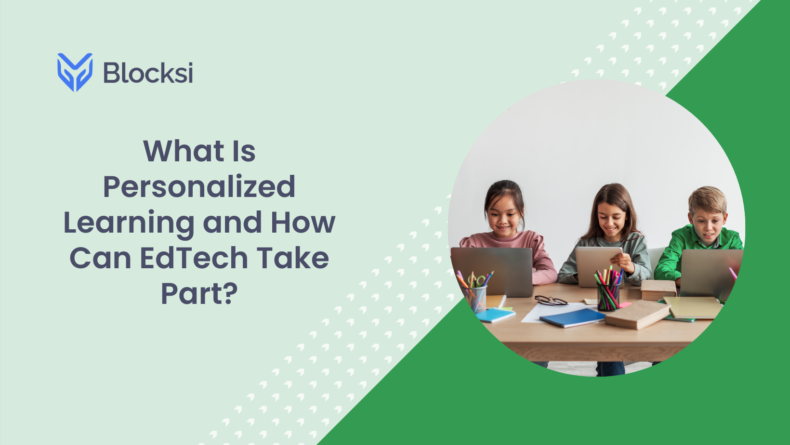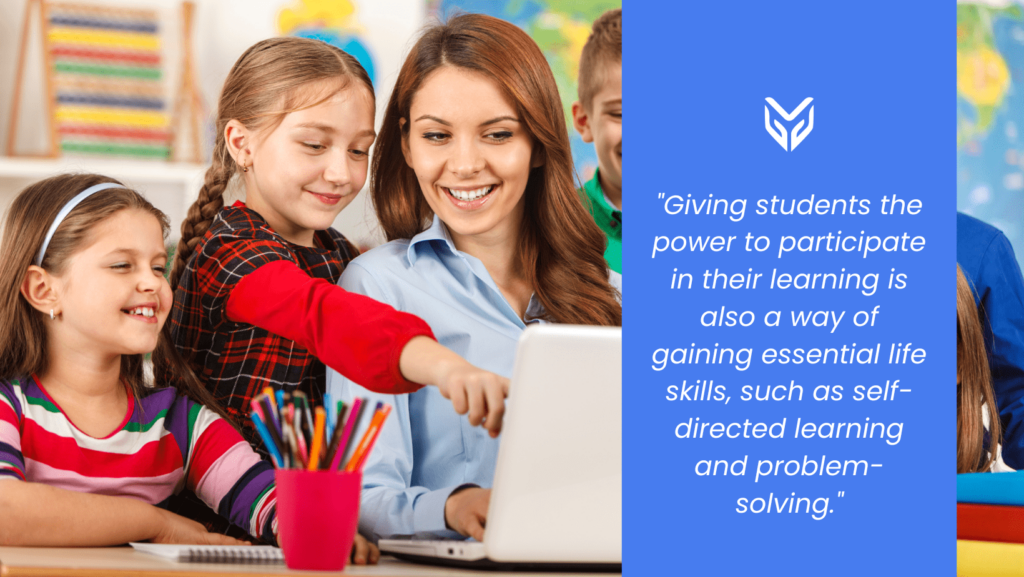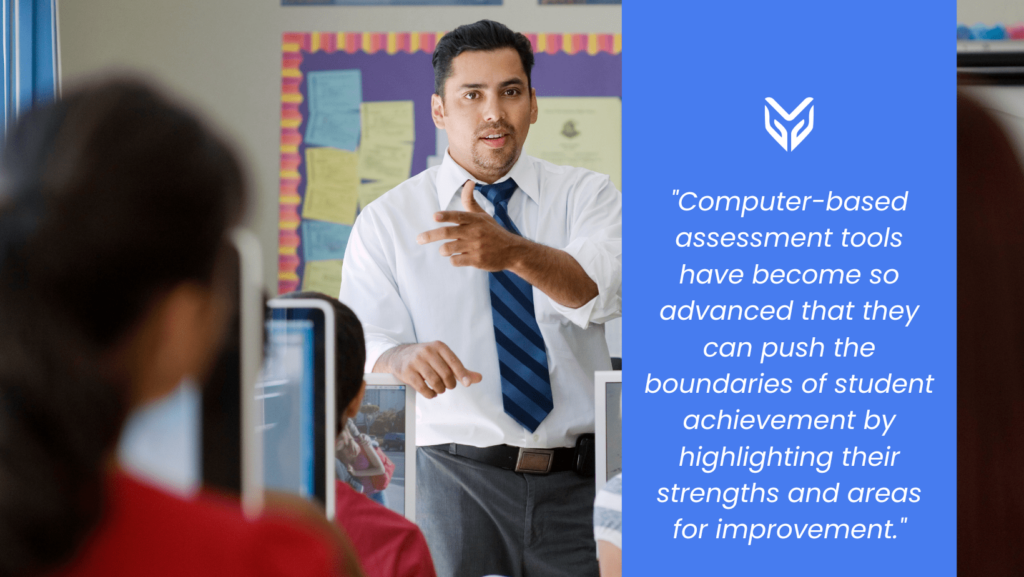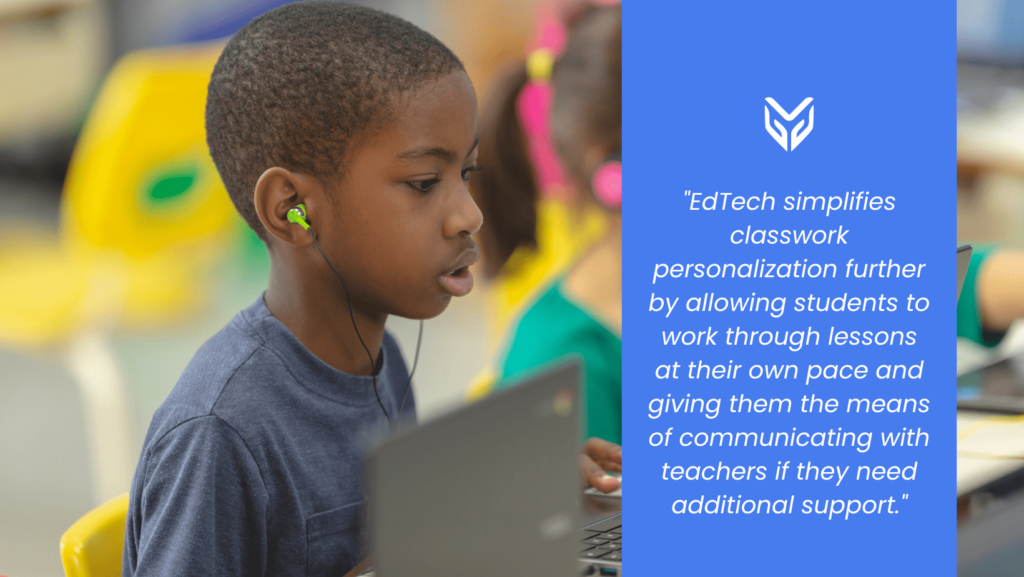NEWS
What Is Personalized Learning and How Can EdTech Take Part?

According to EdWeek, the definition of personalized learning in the K-12 education sector can vary significantly. For many educators, it means using adaptive software, adjustable to each student’s skill level. This can sometimes mean using digital data to make decisions, such as grouping students. It can also mean giving students more say over their school activities. But all in all, personalized learning is broadly about nurturing each student’s social, emotional, and physical development.
Rather than employing a consistent and uniform approach, this method supports delivering a personalized learning experience for each student. And it does so by considering each student’s learning style, strengths, and shortcomings. In other words, it is an educational approach that aims to customize instruction to meet each student’s unique needs and interests.
The main objective is for teachers to encourage students to take charge of their learning. They can move at their own pace as you and other educators offer them the support they need for success. The personalized learning method comes with many benefits. Acknowledging that every student is different and has his own learning style keeps students more interested and engaged in their education. Giving them the power to participate in their learning is also a way of gaining essential life skills, such as self-directed learning and problem-solving. Not to mention how empowering students can help them realize their full potential.

Personalized Learning Can Be Useful in Various Ways
Practicing personalized learning can involve different learning methods, such as adaptive learning technology, project-based learning, and social-emotional learning (SEL). And you can also combine it with various tools, such as technology. Educational technology (EdTech) can be linked to personalized learning for several reasons. One of the main ones is that EdTech and using digital devices simplify personalizing learning.
When students use their own devices, they are given the choice and creativity to stay on top of their tasks. And besides this, EdTech supports personalized learning in various ways. Check out some of the benefits of the two working in synergy.
EdTech Can Help With Freeing Up Teachers’ Valuable Time
By using EdTech tools, you, as an educator, are left with more time to focus on the parts of the learning experience that truly matter. When you use technology to its maximal potential, you can focus on things like mentoring, building relationships, motivating students, and delivering more personalized learning experiences.
The Hechinger Report even estimates EdTech can save between 20 and 40 percent of the 50 hours that a typical teacher currently works in a week. Besides saving your time spent grading and keeping tabs on students’ progress, EdTech can also ease communication with students and parents and simplify lesson planning.
Efficient Student Assessment
Although there are various methods for student assessment, technology can make the process easier. Computer-based assessment tools have become so advanced that they can push the boundaries of student achievement by highlighting their strengths and areas for improvement.

Adaptive testing can identify students who require more support or challenges and their position compared to their peers. Using sophisticated progress-monitoring tools at various intervals throughout the year allows teachers to track growth, determine lesson retention, observe patterns, and evaluate the efficacy of classroom approaches. This is usually a part of comprehensive classroom management tools that enable you to stay on top of the classroom experience. So, you can do everything from monitoring students’ activities, tracking student progress, allowing the students to use various technological methods and tools to assist their learning, and so on. Such classroom screen monitoring software is often even compatible with tools, like Kahoot!, for pre- and post-lesson evaluations, which save you valuable time while assessing students.
Productive Classwork Personalization
With a better understanding of students’ academic progress and learning styles, you can deliver more targeted instruction. EdTech simplifies classwork personalization further by allowing students to work through lessons at their own pace and giving them the means of communicating with teachers if they need additional support.
For example, when you use an EdTech classroom management tool, students can reach out to you privately through chats. And what’s more – you can be assured of what each student is doing by viewing their screens in real-time. Thus, you always know where someone may be struggling, offer support when needed, and use the data you gather when planning future lessons. What is more, tools like Blocksi enable you to generate quizzes in seconds and track students’ progress through such assessments.

Combining Personalized Learning With EdTech Lessens Learning Differences and Improves the Classroom Experience
EdTech can significantly elevate academic accomplishment and promote impartiality for the reasons illustrated above. Specifically, combining personalized learning and EdTech has the potential to individualize learning experiences to cater to the needs of learners. It can also identify any gaps and prospects in their comprehension of the material, release educators’ time to reinforce relationships, provide one-on-one targeted aid, and allow students to study beyond the classroom using applications and programs they can access while at home.
When appropriately and competently used, EdTech can help personalize and improve students’ learning experiences through adaptive and meticulously curated content. It can also further free up your time to concentrate on crucial matters – and thus better the classroom experience for both you and your students.
SOURCES
[1] What Is Personalized Learning?
[2] Reframing ed tech to save teachers time and reduce workloads





